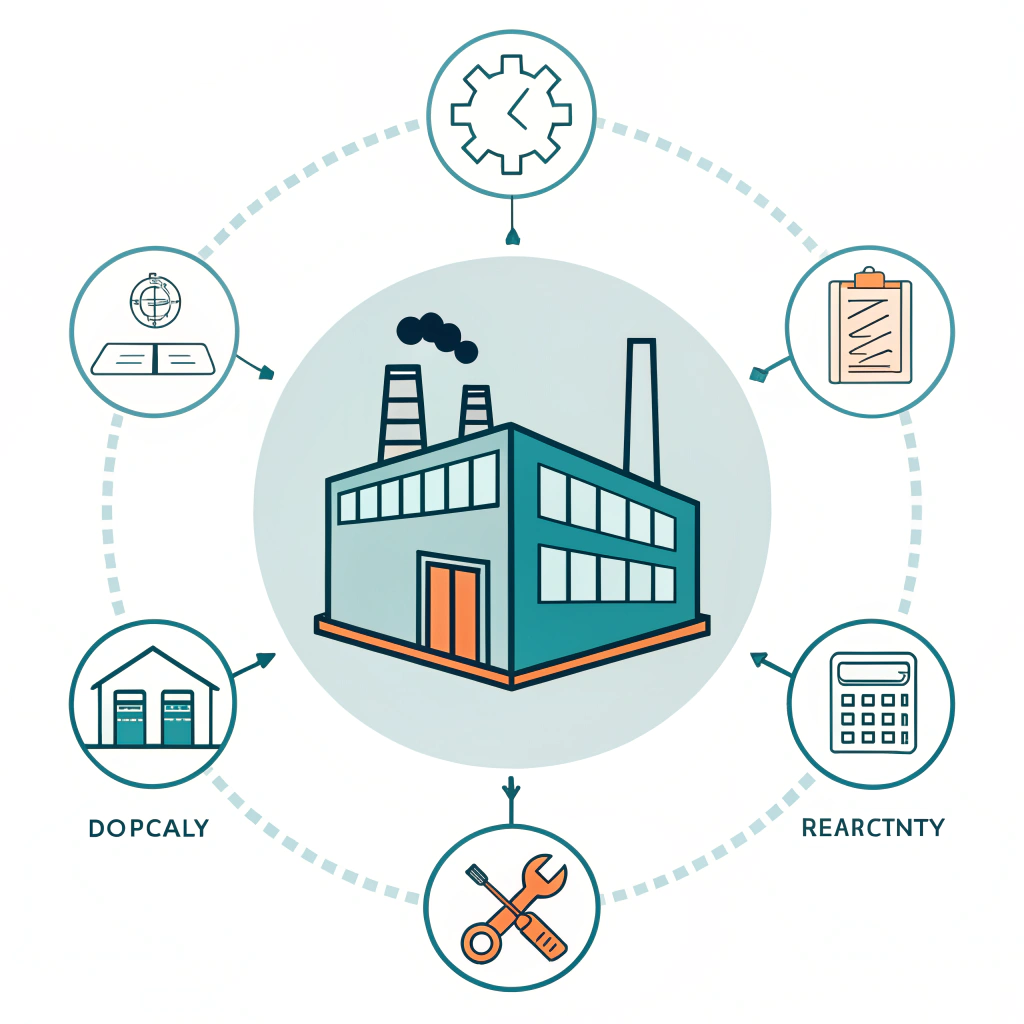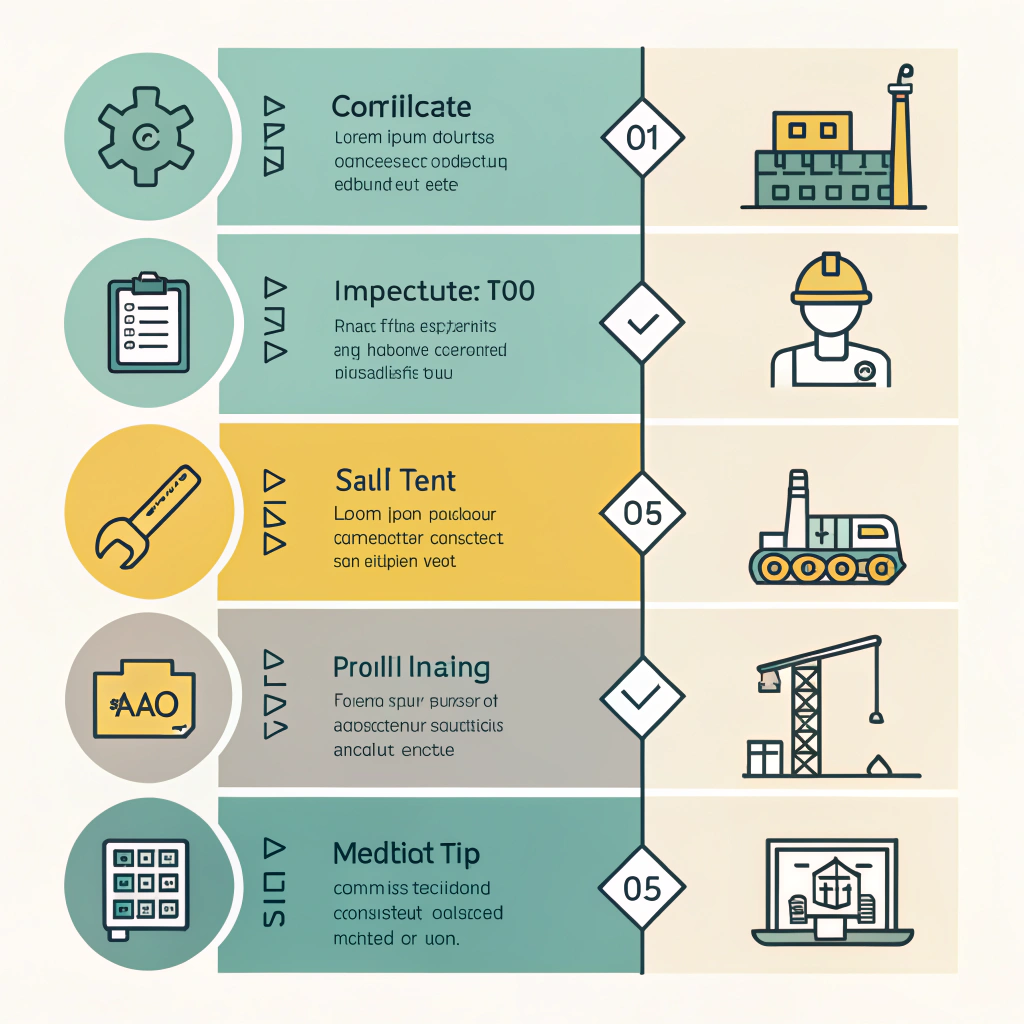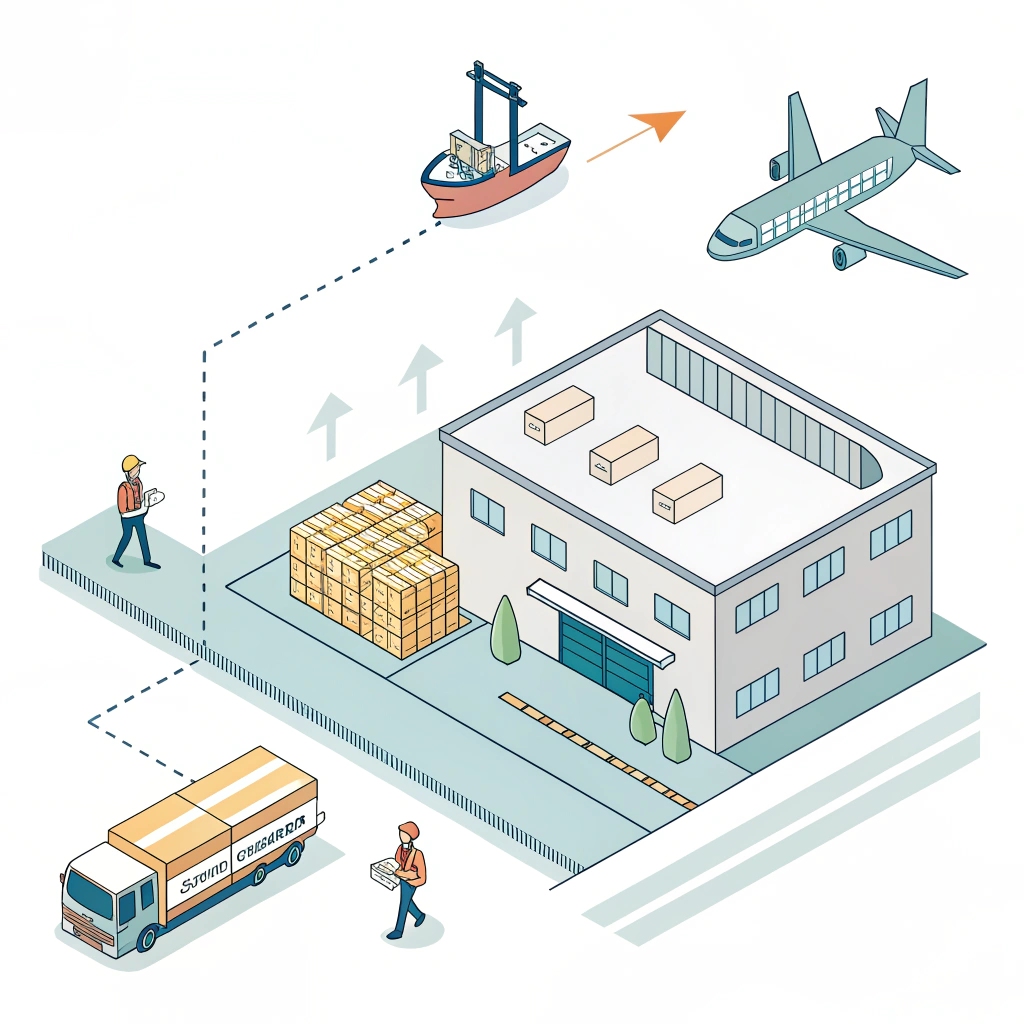Quick answer: NEX Padel guarantees predictable, on-time bulk deliveries by combining clear lead times (sample: 7–14 days; bulk: 25–45 days depending on volume and materials), defined SLA KPIs1, transparent production scheduling, staged QC checkpoints, and contingency measures (safety stock, dual production lines, expedited logistics). Below is a practical, procurement-focused playbook you can use to verify and contract a reliable padel racket OEM for seasonal launches.
Why on-time delivery fails (and what you must confirm)
- Problem: missed retail launch dates, stockouts, lost sales and marketing investments.
- Common root causes:
- Unclear or optimistic lead times from supplier.
- Bottlenecks in composite material sourcing (e.g., 3k/12k/18k carbon2, fiberglass).
- Single-line production capacity with no redundancy.
- Poor inspection and hold-release procedures causing rework delays.
- Logistics or customs delays without contingency plans.
- What you need from a supplier: explicit, measurable timelines, production visibility, QC evidence, and contractual remedies.
Concrete production timelines you should expect and verify
Ask for a clear sample-to-bulk timeline in the contract. Typical realistic timelines from a reputable OEM in Jiaxing, Zhejiang:
| Stage | Typical Time (standard materials) | Notes / Variability |
|---|---|---|
| Prototype / sample (single unit, bespoke print) | 7–14 days | Carbon weaves (12k/18k) can push to 10–18 days |
| Pre-production sample (PPS, approved tooling) | 10–18 days | Include final artwork & packaging proof |
| Bulk production setup | 3–5 days | Molds, tool checks, first-article setup |
| Bulk production run (per 1,000–10,000 units) | 20–35 days | Depends on mix: fiberglass faster than high-carbon layups |
| Final QC & packing | 2–4 days | Includes random destructive testing where requested |
| Inland transport to port (Jiaxing to Shanghai/Ningbo) | 1–2 days | Confirm carrier and transit SLA |
| Ocean freight to EU/US (port-to-port typical) | 25–35 days | Fast lanes and booking delays vary seasonally |
What to require in writing:
- Committed lead time per order line (dates for: PO, material cut, production start, production complete, ETD).
- On-time delivery definition (e.g., delivery is “on-time” if vessel departs on or before ETD specified and goods pass QC).
- Grace period (e.g., 3 business days for minor variances).
- Penalties or rebates for missed milestones (see sample SLA below).
Production capacity and flexibility (what to audit)
Procurement managers must verify real capacity and flexibility:
- Ask for monthly production capacity in units by racket type (Diamond, Round, Teardrop) and by material (fiberglass, 3k, 12k, 18k).
- Example realistic range from a medium–large OEM: 50,000–150,000 rackets/month depending on mold count and shifts.
- Confirm the number of production lines and the ability to scale (overtime, weekend shifts).
- Verify lead-time changes when switching to higher-carbon specs (3k/12k/18k): carbon layups require longer cure cycles and more handling — plan +5–10 days.
What to audit on-site or request evidence for:
- Current orderbook snapshot and planned capacity for your launch window.
- Photos/videos of lines, mold inventory, curing ovens.
- References from similar clients (Hirostar, Reebok, Starvie are examples of OEM experience we have handled).
- Historical on-time delivery rate for the past 12 months (request raw records).
QC checkpoints and documentation you must require
A robust QC flow prevents hold-ups later. Require the supplier to commit to checkpoints with deliverables.
| Stage | What is checked | Deliverable evidence |
|---|---|---|
| Incoming material inspection | Resin batch, carbon/fiberglass weave, foam cores | Material COA, photos, lot numbers |
| Pre-molding setup | Mold condition, layup schedule | Setup photos, first-piece sign-off |
| In-line production checks | Weight, balance, surface finish, core integrity | Random sample photos, inline meas sheets |
| Mechanical testing | Impact, stiffness, tension tests (per spec) | Test reports (PDF), pass/fail criteria |
| Final inspection | Cosmetic, printing, grip, packaging | AQL reports, carton counts, packing photos |
| Pre-shipment inspection | Palletization, labeling, B/L readiness | Loading photos, ASN, B/L copy when available |
Acceptance thresholds:
- Agree on AQL levels3 (e.g., AQL 2.5 for major defects) and allowable cosmetic tolerance (provide examples).
- Ask for sample retention policy and destructive-test frequency (e.g., 1% or 1 in 200 for mechanical tests).
Packing, boxing, and logistics — reduce surprises at port
Standard packaging specs to ask and lock in:
- Units per inner carton, cartons per master carton, units per pallet.
- Preferred pallet height and weight limits for ocean freight.
- Individual protective wrapping, edge protection, and master carton printing for SKU and lot traceability.
- Special packaging for carbon models (to avoid surface scratches) and pressurized tube specs for balls if ordering combo shipments.
Logistics & customs:
- Confirm FOB port (Shanghai or Ningbo) and typical lead times to port.
- Ask for a named forwarder or your preferred forwarder approval.
- Require pre-alerts: Production completion notice, loading photos, ASN, and B/L within 48 hours of sailing.
- For expedited needs: capacity and cost for air freight (express partial shipments) and typical lead times + airfreight cost multiples.
SLA example language (sample clause you can propose)
- On-time delivery target: 98% of order quantity shipped on or before the agreed ETD per PO.
- If OTC (on-time compliance) < 98% for a quarter, supplier pays liquidated damages of 0.5% of the order value per week late for delayed units, capped at 5% of the PO.
- Supplier to provide weekly rolling 4-week production schedule, daily progress photos during ramp-up, and immediate notification of any deviations exceeding 2 business days.
Contingency planning: what to expect and require
Practical contingency measures to reduce launch risk:
- Safety stock: Supplier maintains a small buffer of finished goods or critical components during peak season (agree quantity).
- Staggered shipments: Split large orders into 2–3 shipments to avoid full-order delay impact.
- Alternate materials / BOM fallback: Pre-agree acceptable substitutions (e.g., fiberglass vs. 3k) with pricing impacts and time savings clearly defined.
- Dual-line redundancy: Verify supplier can move production to a second line or facility under 48–72 hours.
- Expedite plan: Overtime shifts and air freight options with negotiated rates and timeline caps.
- Force majeure and escalation matrix: Clear steps, contact list, and recovery targets.
Operational checklist to include in RFP/contract:
- Weekly KPI dashboard (OTD rate, yield rate, rejects, days behind schedule).
- Advance notice for raw-material constraints (minimum 14 days).
- Right to third-party inspection and to audit production records.
- Agreed penalties and remediation plan.
What procurement should request before signing (documents & proofs)
- Recent manufacturing capacity report and orderbook snapshot.
- Sample reports: photos, COAs, mechanical test results for existing models.
- Names and contacts for 3 client references (brands who launched seasonal SKUs).
- Copy of standard production schedule format, and example ASN/B/L4 used previously.
- Proposed SLA with on-time definition and penalty clauses.
- Proof of proximity to ports and typical inland transit times (Jiaxing -> Shanghai/Ningbo).
KPIs to monitor post-contract (dashboard)
- On-time delivery (OTD) rate — weekly and rolling 12-week average.
- First-pass yield (%)5 — rejects per 1,000 units.
- Sample approval to bulk timeline adherence.
- Packing accuracy (% of cartons matching packing list).
- Customs clearance delay days.
Real-world example (how these pieces work together)
Scenario: You place an order of 20,000 mixed-shape rackets for a September retail launch.
- Contract locks sample approval by May 15, production start June 1, bulk complete July 20, ETD July 25.
- Supplier provides weekly photos and a rolling schedule. On June 30, supplier alerts you to a resin batch shortage that could add 7 days.
- Contingency applied: supplier shifts 40% of production to an alternate resin batch pre-approved in the BOM fallback; remaining 60% is expedited with overtime. Partial shipment scheduled July 15 (10k units) to meet initial retailer drop; final shipment July 28 (2 days late) — SLA triggers a minor rebate for the late portion but the major retail launch proceeds on time due to partial shipment.
Why NEX Padel is a practical partner
- We manufacture rackets using fiberglass, 3k, 12k, and 18k carbon layups across proven production lines in Jiaxing, Zhejiang.
- OEM experience with brands such as Hirostar, Reebok, and Starvie gives us references on seasonal launches.
- We provide flexible MOQ solutions, quick prototyping, and controlled supply for padel balls (45% and 57% wool options in pressurized tubes).
- Our operational focus: predictable lead-times, production transparency, and measurable KPIs to support JIT and seasonal retail programs.
Actionable next steps for procurement
- Request NEX Padel’s capacity report, sample test reports, and 3 references for launches within the last 12 months.
- Negotiate an SLA with clear OTD definition, weekly reporting cadence, and a staged shipping plan.
- Lock in an approved BOM fallback (materials and cost impacts).
- Schedule a factory audit or third-party inspection for pre-production validation.
- Agree packing specs and ASN/B/L delivery times to integrate with your logistics.
People Also Ask
Q: How many padel rackets are sold each year?
A: Padel racket sales have grown rapidly; in 2023, over 6 million rackets were sold worldwide, indicating strong and growing market demand. Use this growth context to plan higher safety stock or staggered production for seasonal peaks.
Q: How many hours does a padel racket last?
A: For recreational players, a padel racket typically lasts around up to 100 sessions, which often equates to roughly 6–12 months with 2–3 sessions per week. Durability expectations matter when specifying warranty, return rates, and acceptance criteria in your contract.
Q: How often should you get a new padel racket?
A: Typical guidance: 0–3 months — keep current; 3–6 months — consider testing new models; 6+ months — likely time to replace. For procurement, translate this into expected SKU churn and reorder cadence for retail assortments.
-
SLA KPIs: Read to learn how to define measurable service-level agreements and KPIs (OTD, liquidated damages, reporting cadence) and to get sample SLA clauses you can adapt for contracts. ↩
-
3k/12k/18k carbon: Read to understand carbon fabric counts, differences in strength/weight/finish, how layup choices affect cure time and cost, and procurement implications for lead times. ↩
-
AQL levels: Read to learn statistical sampling plans, how AQL thresholds translate to inspection lot sizes, and guidance for setting major/minor defect limits to reduce shipment risk. ↩
-
ASN/B/L: Read to understand Advance Shipping Notices and Bills of Lading (required fields, timing, and how they integrate with customs, forwarders, and your ERP) so you can specify exact documentation in contracts. ↩
-
First-pass yield (%): Read to learn how first-pass yield is calculated, why it matters for production stability, and practical actions (root-cause, SPC, operator training) to improve yield and reduce delays. ↩







